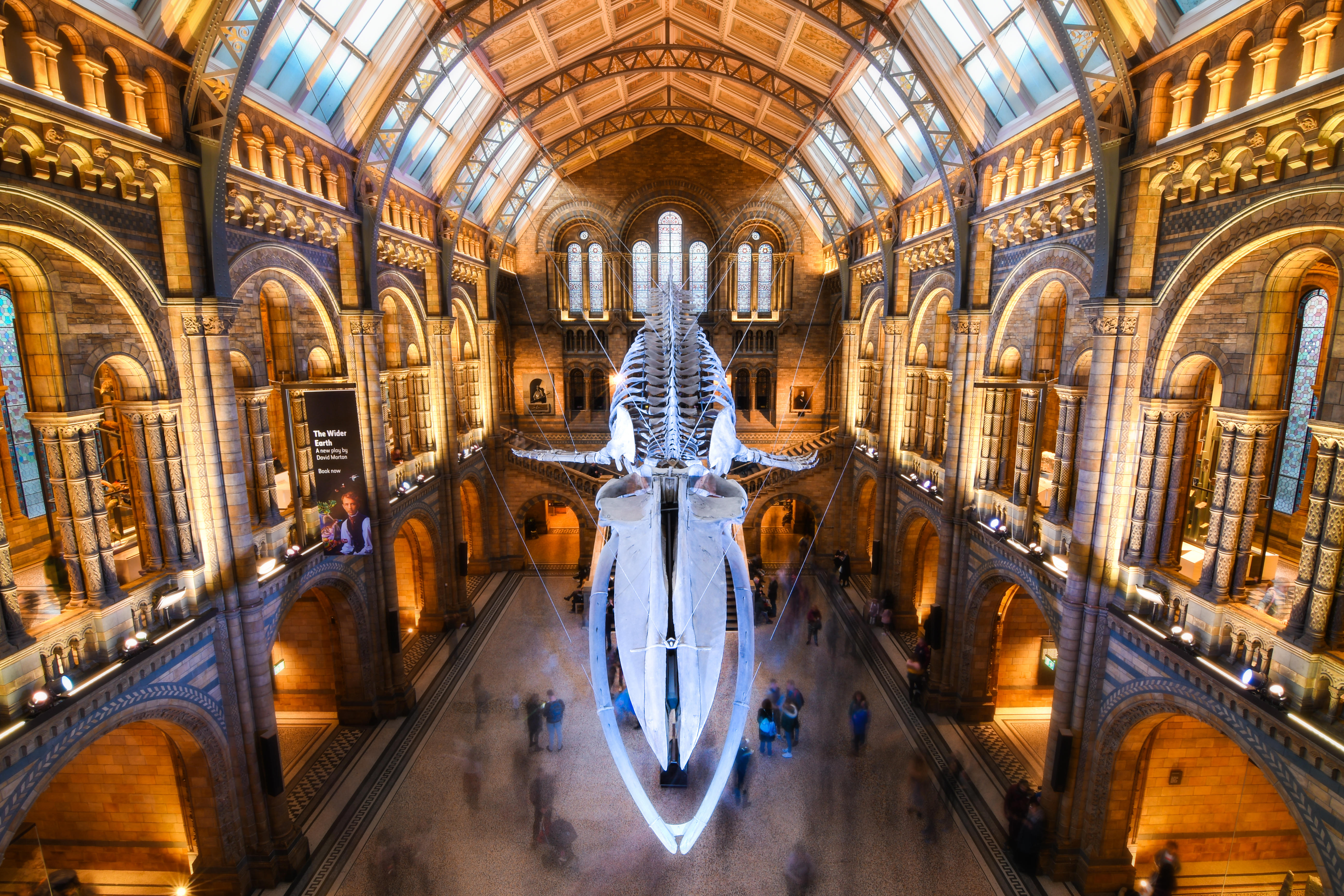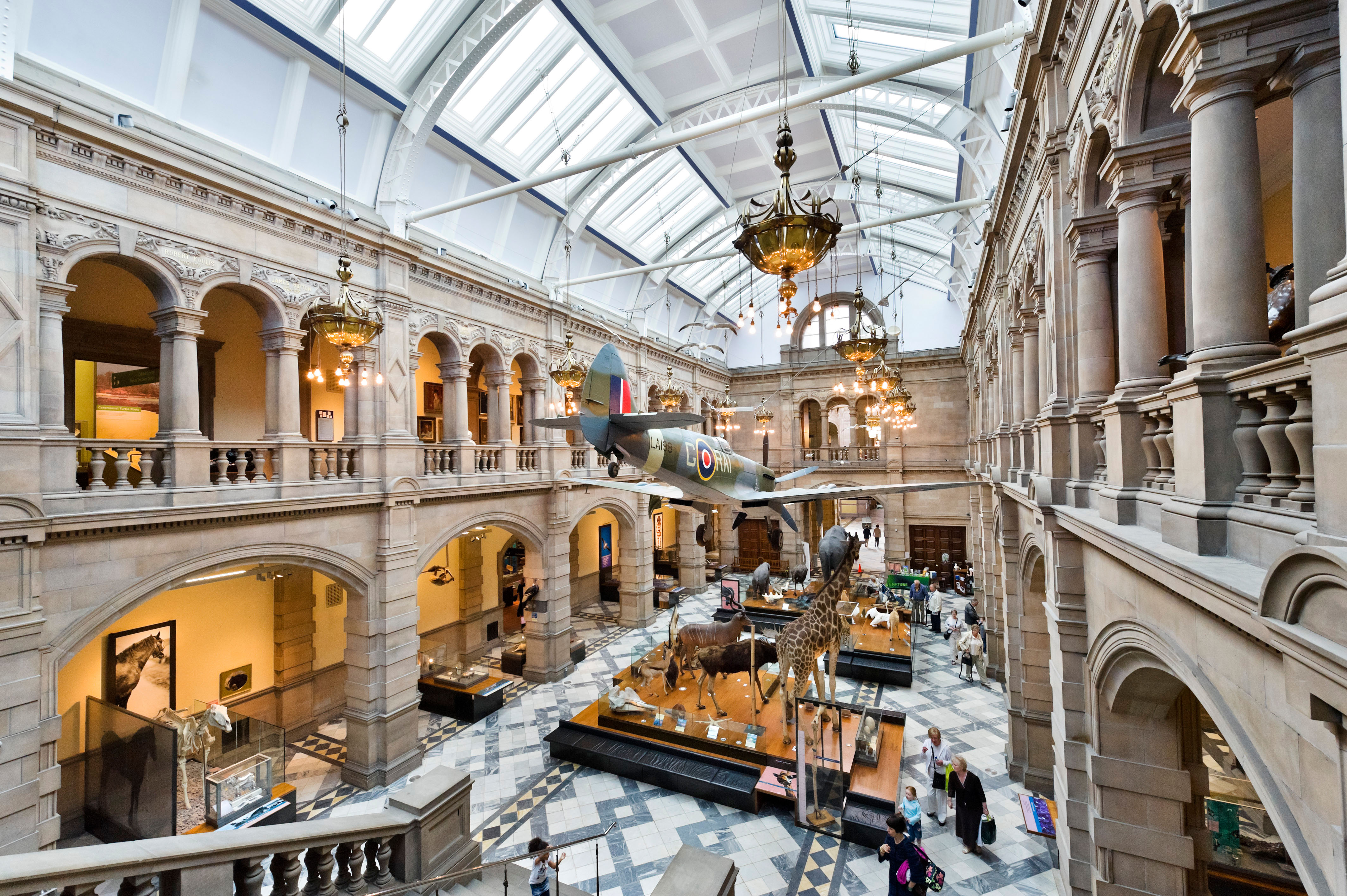Athena: We need to get serious about saving our museums
The government announced that museums ‘can now apply for £20 million of funding to invest in their future’ last week. But will this be enough?


Last week, the Department for Culture, Media and Sport announced that museums ‘can now apply for £20 million of funding to invest in their future’, as part of the £270 million Arts Everywhere Fund trailed by the Secretary of State last month. The funding will be ‘delivered’ by Arts Council England (ACE), with all the money being committed by January 2026. Reading the smaller print, you can discover that grants will be for a maximum of £1 million and will only be open to museums ‘with a funding or governance link to a local authority’ (crucially, museums previously owned or run by a local authority that now operate as independent trusts are also eligible).
The aims of the funding strike Athena as modest, but — in the circumstances and given the sums involved — realistic. Grants are intended to ‘meet the shortfall between operating costs and income [of museums] throughout their 2025–26 budget’ and can be used to cover staffing, overheads or even — by trusts — the reflation of reserves. In return, the institutions that benefit should maintain current visitor numbers, levels of public access and staff numbers until March 2026. Recipients should also increase ‘their financial resilience’ thereafter. That sounds decidedly optimistic, given the scale of the investment being offered.
Make no mistake: every penny of this money will be gratefully received in this cash-strapped sector. What’s at issue, however, is whether this is really a meaningful answer to its needs. A report published by ACE last year set out the scale of the problem. According to that, there are presently 413 local authority-reliant accredited museums in England (which is less than one-third of the total number of accredited museums nationally). Over the 14 years between 2009/10 and 2022/23, annual investment in these institutions fell from £286.45 million to £241.01 million. Taking inflation into account, that’s a 36.7% fall. Different areas of the country have suffered to different degrees, usually the poorest worst. The impact of these changes is reflected in the Museum Association survey this year. It revealed that 61% of the 500 respondents reported planned cuts to services in 2024/25, with 55% saying this will result in job losses.

The Kelvingrove Art Gallery and Museum in Glasgow, Scotland.
What these figures alone do not reflect is that the bad news goes on. Shortage of money and the effects of covid have, in many cases, led to the neglect of museum buildings and collections. Added to which, the threshold in both financial and administrative terms of undertaking major projects to repair and manage them for the future is steadily rising. In the circumstances, a renewal project of only one museum will necessarily cost several millions. In short, the promise of £20 million over the next 12 months is not likely to change very much. If the Government is serious about saving civic museums and reversing their decline, it needs a much more grandly conceived strategy. This is less than a sticking plaster.
Exquisite houses, the beauty of Nature, and how to get the most from your life, straight to your inbox.
Country Life is unlike any other magazine: the only glossy weekly on the newsstand and the only magazine that has been guest-edited by His Majesty The King not once, but twice. It is a celebration of modern rural life and all its diverse joys and pleasures — that was first published in Queen Victoria's Diamond Jubilee year. Our eclectic mixture of witty and informative content — from the most up-to-date property news and commentary and a coveted glimpse inside some of the UK's best houses and gardens, to gardening, the arts and interior design, written by experts in their field — still cannot be found in print or online, anywhere else.
